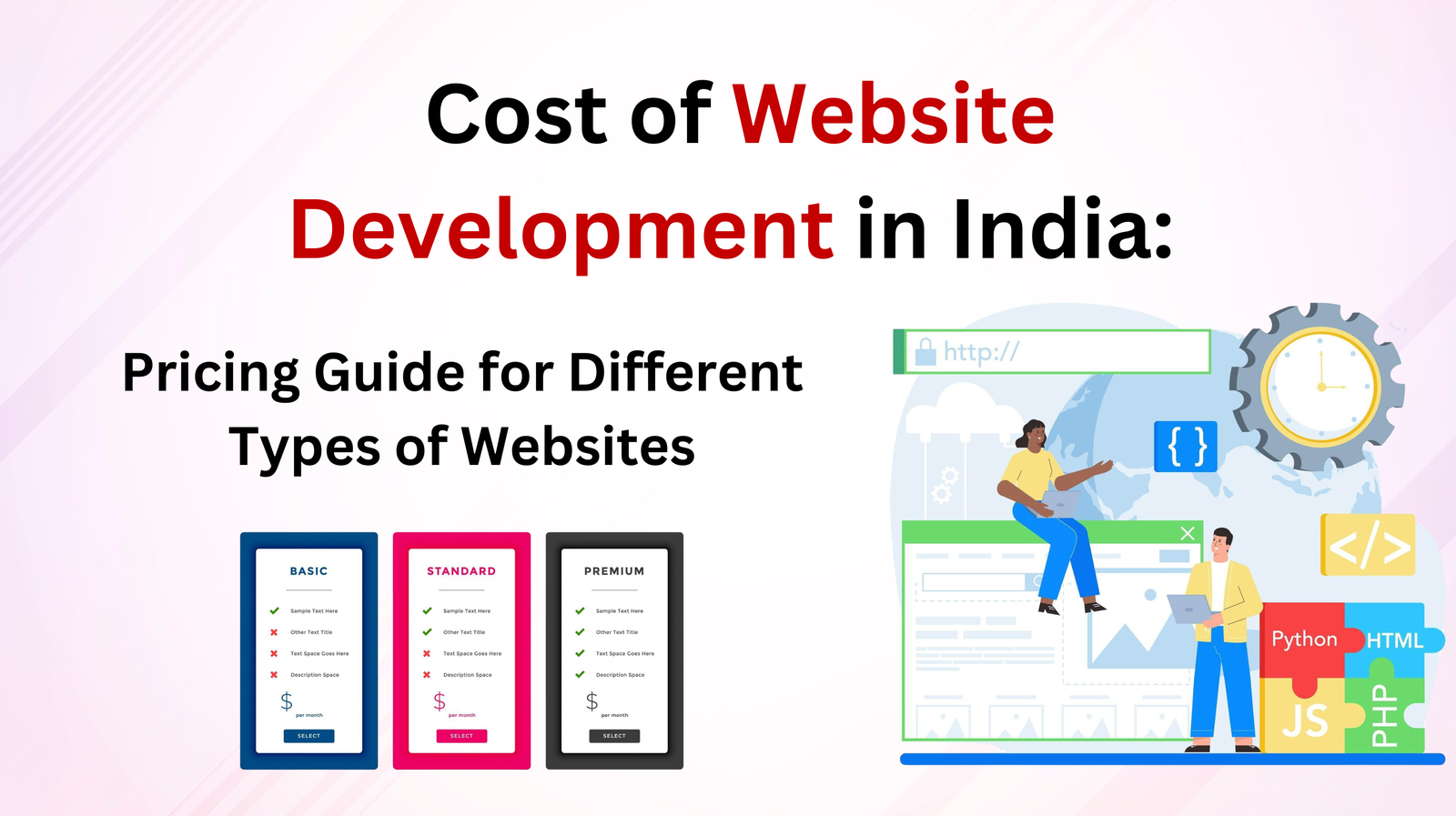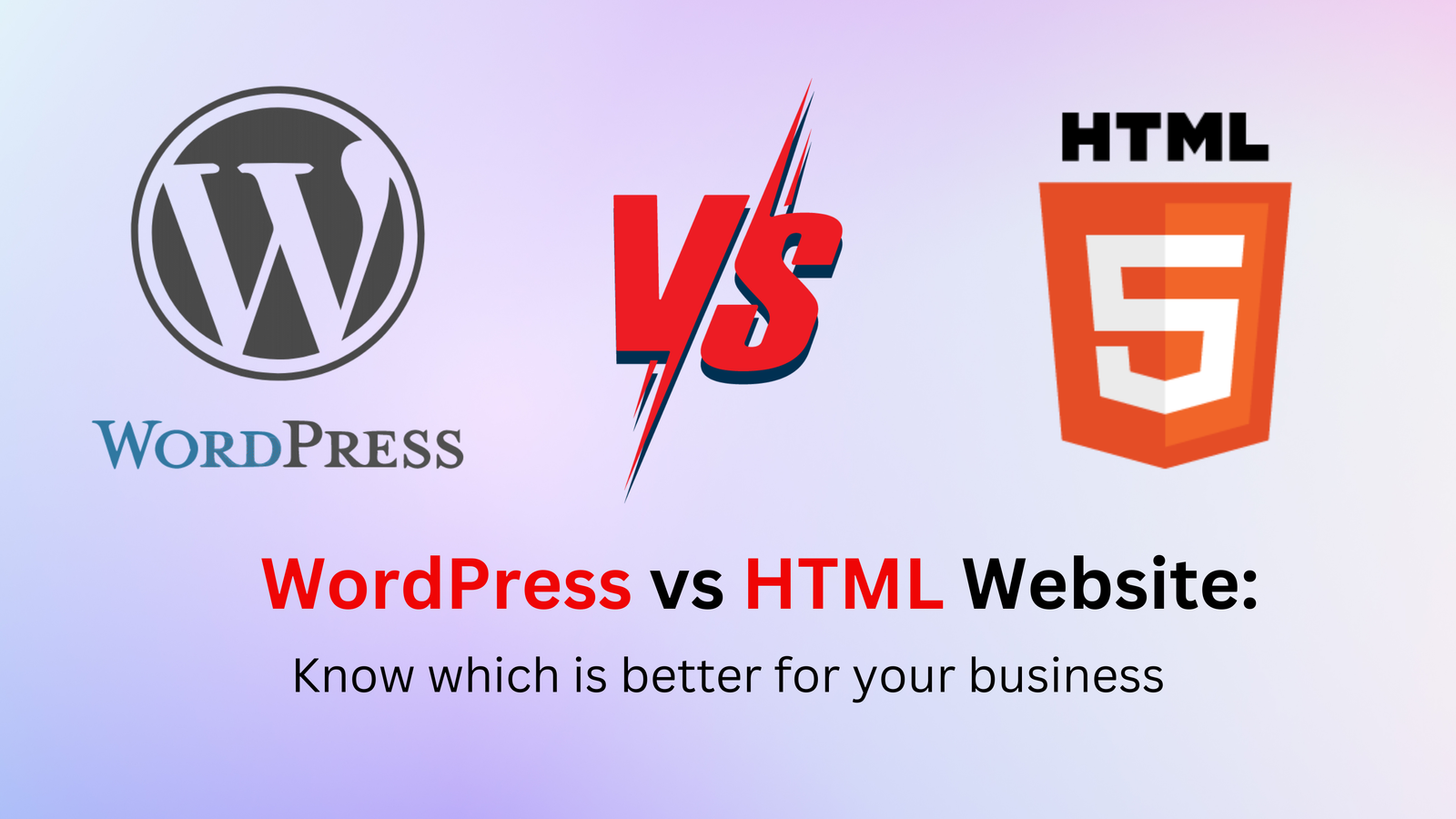In the era of the digital world, having a website is the most important thing to grow businesses. A well-designed and developed website is the front face of any business and it not only attracts an audience but also helps in brand identity. However, many website developers often make common mistakes while building websites which results in low performance and user engagement on the website. Just think about visiting a website that takes a lot of time to load or is not properly optimized for your mobile device- frustrating right? These are a few examples of common mistakes that developers make. As the competition increases, it is crucial to avoid these mistakes to make sure your website stands out and gives the best user experience. In this blog, we will discuss the common mistakes to avoid in web development and how can you fix and avoid them.
Following are the common mistakes to avoid in web development with solutions to fix them:
Not Using Responsive Design
Why it’s a Mistake: With mobile devices accounting for a significant share of internet traffic, failing to implement responsive design can alienate a large portion of your audience. A study by Statista reveals that mobile devices were responsible for 54.8% of global website traffic in the fourth quarter of 2021.
Solution: Start the use of responsive design frameworks like Bootstrap or Foundation. These frameworks simplify creating mobile-friendly websites by providing a grid system and pre-built components. In addition, test the sites regularly on various devices to ensure consistent functionality and user experience.
Ignoring SEO Best Practices
Why it’s a Mistake: Not performing SEO on your website may lead to a lack of visibility on search engine rankings. Effective SEO strategies can significantly boost your organic traffic and increase the ranking of your website.
Solution: Conduct keyword research to identify relevant search terms and use them strategically in your content, meta tags, and image descriptions. Create high-quality, engaging content according to the needs of your target audience. Utilize tools like Google Analytics and SEMrush to monitor your website’s performance and make data-driven optimizations.
Overlooking Website Security
Why it’s a Mistake: In today’s digital landscape, cybersecurity threats are rampant. Failing to prioritize website security can leave your website vulnerable to attacks, compromising sensitive user data and damaging your reputation.
Solution: Implement HTTPS to encrypt data transmitted between your website and users, ensuring secure communication. Update your website’s software and plugins at regular intervals to patch vulnerabilities. Utilize strong passwords and consider implementing two-factor authentication for an added layer of security.
Not Testing Across Different Browsers and Devices
Why it’s a Mistake: Every browser and device interprets web content differently. Failing to test your website across various platforms can lead to inconsistencies in functionality and appearance, resulting in a subpar user experience.
Solution: Utilize cross-browser testing tools like BrowserStack or CrossBrowserTesting to ensure compatibility across different browsers. Pay close attention to details such as font rendering, layout, and functionality to deliver a seamless experience to users regardless of the platform they’re using.
Not Optimizing Website Speed
Why it’s a Mistake: Website speed is a crucial factor in user experience and SEO. Research by Google indicates that 53% of mobile users abandon sites that take longer than three seconds to load.
Solution: Use tools like Google PageSpeed Insights or GTmetrix to analyze your website’s speed and identify areas for improvement. Minimize CSS and JavaScript files, optimize images, and leverage browser caching to enhance loading times. Additionally, consider implementing lazy loading to prioritize the loading of visible content, improving perceived speed.
Ignoring User Experience (UX)
Why it’s a Mistake: User experience is very important for your website’s success. If users don’t have a good experience, they might leave your site quickly and not engage with it much.
Solution: Focus on creating a seamless and intuitive user interface. Use clear navigation menus and calls to action to guide users through your website. Minimize distractions such as pop-ups and ensure that your website is accessible to all users, including those with disabilities.
Neglecting Mobile Optimization
Why it’s a Mistake: With the increasing use of smartphones and tablets, it’s really important to make sure your website works well on these devices. If your site isn’t optimized for mobile, it can lead to a bad experience for users and make it harder for your site to show up in mobile search results.
Solution: Execute responsive design to ensure that your website adapts to different screen sizes. Optimize images and use mobile-friendly fonts and buttons to enhance usability on smaller screens. Test your website on various mobile devices to ensure compatibility and smooth functionality.
Not Prioritizing Accessibility
Why it’s a Mistake: Accessibility is about ensuring that everyone, including those with disabilities, can access and use your website. Ignoring accessibility can lead to legal issues and alienate a significant portion of your audience.
Solution: To make your website more accessible, follow the Web Content Accessibility Guidelines (WCAG). This means adding text descriptions for images, using clear and descriptive link text, and ensuring that people can navigate your site using only a keyboard. You can also use accessibility tools and get feedback from people with disabilities to identify and fix any accessibility issues.
Failing to Optimize Content for Speed and SEO
Why it’s a Mistake: Content plays a crucial role in attracting and engaging users. Failing to optimize your content for speed and SEO can result in poor search engine rankings and a high bounce rate.
Solution: Optimize your images and videos to reduce file sizes without compromising quality. Use descriptive and relevant keywords in your content, headings, and meta tags to improve SEO. Consider implementing lazy loading for images and videos to prioritize the loading of content that is visible to users.
Forgetting to Backup Your Website Regularly
Why it’s a Mistake: Regularly taking backups of your website is important for protecting your site to avoid data loss due to hacking, server issues, or human error. Not taking a backup of your website can result in irreversible damage to your website and content.
Solution: You can set the automatic backups of the website files and databases. Keep the backups in a secure location like on cloud storage or external hard drive. Check your backups at regular intervals to ensure they can be restored in case of an emergency.
Conclusion:
In conclusion, avoiding these common mistakes in web development is key to creating a successful and user-friendly website. By prioritizing responsive design, SEO best practices, website security, cross-browser and cross-device testing, website speed optimization, user experience, mobile optimization, accessibility, content optimization, and regular backups, you can enhance your website’s performance, security, and user experience. Continuous learning and adaptation to new technologies and trends will ensure that your website remains competitive and relevant in the ever-evolving digital landscape. Remember, addressing these common mistakes to avoid in web development isn’t just about ticking off checkboxes; it’s about crafting a holistic online presence that resonates with your audience, fosters trust, and drives results.
At Excite Template, we understand the importance of avoiding common mistakes while developing the website. We can help you implement these best practices and create a website that not only attracts visitors but also converts them into loyal customers. Are you ready to take your business and website to a new level? Implement these points to avoid common mistakes in web development and build a website that not only attracts visitors but also improves a high conversion rate.






